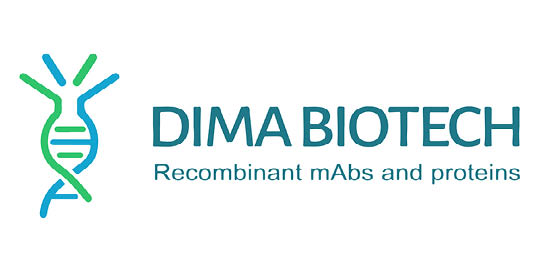Human MSR1 Protein, His Tag
Human MSR1 Protein, His Tag
Artikelnummer
DMAPME101338-50
Verpackungseinheit
50 µg
Hersteller
DIMA Biotechnology
Verfügbarkeit:
wird geladen...
Preis wird geladen...
Background: This gene encodes the class A macrophage scavenger receptors, which include three different types (1, 2, 3) generated by alternative splicing of this gene. These receptors or isoforms are macrophage-specific trimeric integral membrane glycoproteins and have been implicated in many macrophage-associated physiological and pathological processes including atherosclerosis, Alzheimer's disease, and host defense. The isoforms type 1 and type 2 are functional receptors and are able to mediate the endocytosis of modified low density lipoproteins (LDLs). The isoform type 3 does not internalize modified LDL (acetyl-LDL) despite having the domain shown to mediate this function in the types 1 and 2 isoforms. It has an altered intracellular processing and is trapped within the endoplasmic reticulum, making it unable to perform endocytosis. The isoform type 3 can inhibit the function of isoforms type 1 and type 2 when co-expressed, indicating a dominant negative effect and suggesting a mechanism for regulation of scavenger receptor activity in macrophages. [provided by RefSeq, Jul 2008]
Description: Recombinant human MSR1 Protein with N-terminal 6×His tag
Molecular Weight: The protein has a predicted molecular mass of 42.1 kDa after removal of the signal peptide.
Storage & Shipping: Store at -20°C to -80°C for 12 months in lyophilized form. After reconstitution, if not intended for use within a month, aliquot and store at -80°C (Avoid repeated freezing and thawing). Lyophilized proteins are shipped at ambient temperature.
Tag: N-6×His Tag
Expression Host: HEK293
Formulation & Reconstitution: Lyophilized from sterile PBS, pH 7.4. Normally 5 % - 8% trehalose is added as protectants before lyophilization. Please see Certificate of Analysis for specific instructions of reconstitution.
Target: MSR1
Uniprot ID: P21757
Usage: Research use only
Molecular Characterization: 6×His tag MSR1(Lys77-Leu451)
Purity: The purity of the protein is greater than 85% as determined by SDS-PAGE and Coomassie blue staining.
Description: Recombinant human MSR1 Protein with N-terminal 6×His tag
Molecular Weight: The protein has a predicted molecular mass of 42.1 kDa after removal of the signal peptide.
Storage & Shipping: Store at -20°C to -80°C for 12 months in lyophilized form. After reconstitution, if not intended for use within a month, aliquot and store at -80°C (Avoid repeated freezing and thawing). Lyophilized proteins are shipped at ambient temperature.
Tag: N-6×His Tag
Expression Host: HEK293
Formulation & Reconstitution: Lyophilized from sterile PBS, pH 7.4. Normally 5 % - 8% trehalose is added as protectants before lyophilization. Please see Certificate of Analysis for specific instructions of reconstitution.
Target: MSR1
Uniprot ID: P21757
Usage: Research use only
Molecular Characterization: 6×His tag MSR1(Lys77-Leu451)
Purity: The purity of the protein is greater than 85% as determined by SDS-PAGE and Coomassie blue staining.

 English
English











